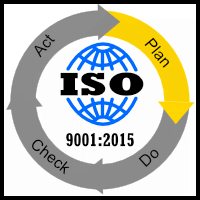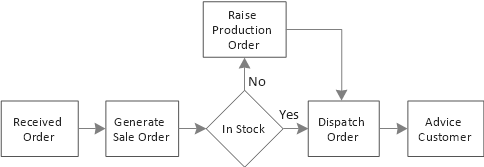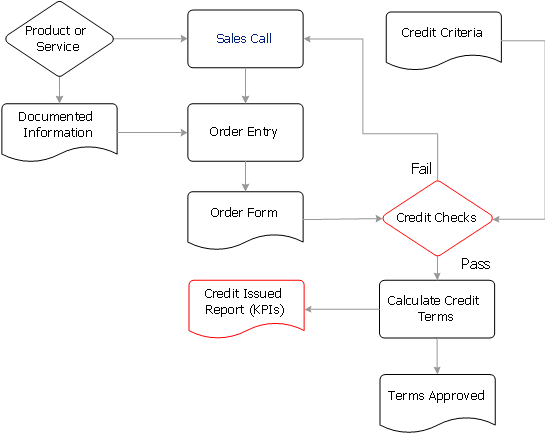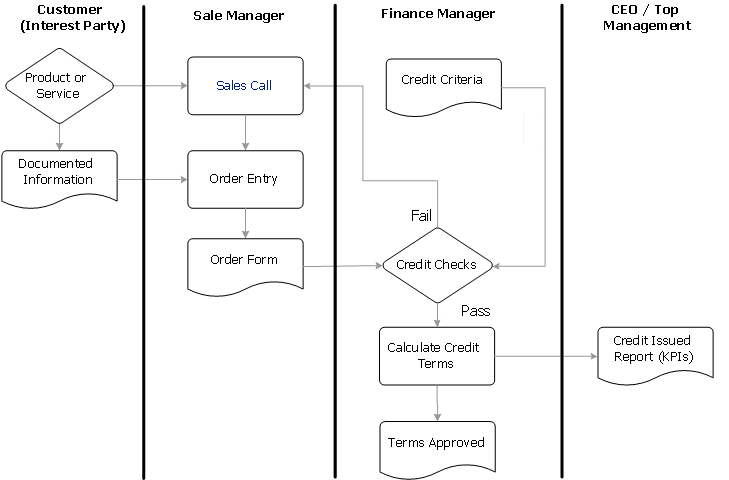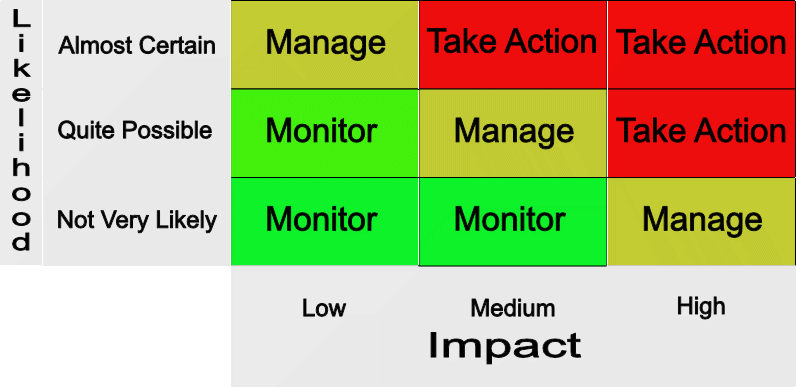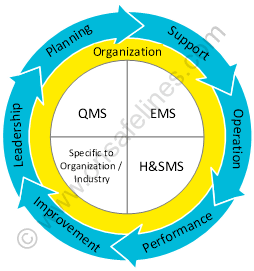|
|
ISO 9001-2015 4.4 QMS processesSend comments on this topic |
FREE QHSE Software Click <HERE> to Learn More |
||
QHSE Support >(Site Map) Quality Guidance > ISO 9001-2015 Clauses > ISO 9001-2015 clause 4 >
ISO 9001:2015 Clause 4.4 Quality management system and its processes
|
PLAN |
DO |
CHECK |
ACT |
Clause 4.4 Breakdown
4.4 Quality management system and its processes
You must have documented information that processes exist for quality management...
The quality manual, which was the pride and joy, centre piece of many organizations and quality manager's quality manager system is actually not a requirement in the ISO 9001:2015 edition. Probably due to the fact that in many cases the quality manual added very little to interested parties trying to get an insight into how the organization is managed.
Clause 4.4 is the nearest the standard comes to mentioning a quality manual without mentioning it... This clause is very dictatorial and calls for several requirements to be recorded as documented information to support its compliance. However, whilst being dictatorial in its requirements, organizations are free to choose the type of documented process they prefer, e.g. flowcharts, process maps, mind-maps etc.
Below are a few simplistic ways of providing document information to meet the requirements of clause 4.4. Each organization will have different ideas and different levels of complexity they are willing to go drill-down to.
Breakdown of clause 4.4.1 "... The organization shall determine the processes needed for the quality management system and their application throughout the organization, and show:"
a) Determine the inputs required and the outputs expected from these processes
Simplistic processes flow diagram
In general processes fall into 4 groups
•Management processes
•Support processes
•Production / Service processes
•Customer processes
b) The sequence and interaction of these processes
Simplistic interaction of processes flow diagram
c) Application of the criteria and methods (including monitoring, measurements and related performance indicators) needed to ensure the effective operation and control of these processes
If we drilled down into the received order box in 4.1.1b we can further show the interaction of these processes and how checks and KPI's can be identified.
d) Establishing the resources needed for these processes and ensure their availability
Note: Resources can be human, plant and equipment, infrastructure, measurement equipment, finance etc and will be spread across multiple departments.
Resources need to be planned, acquired, deployed, maintained and where necessary disposed of...
High level process flow diagram of resource management,
e) Assignment of responsibilities and authorities for these processes
with some slight changes to the flow diagram for 4.1.1c the assignment of responsibilities to each process can be added.
f) Address the risks and opportunities as determined in accordance with the requirements detailed in article 6.1 Actions to address risks and opportunities.
Organization are required to identify risk and opportunities from various sources covering context of the organisation, internal and external issues, interested parties, management processes, support processes, production processes, service processes, customer processes, internal and external audit, suppliers, changes, etc.
Risk level can be identified by using a simple 3×3 risk assessment matrix covering probability an impact.
g) Evaluate the processes and implement any changes needed to ensure that they achieve the intended results
h) Improve the processes and the quality management system.
Organizations can decide how many processes they wish to create as documented information. However, regardless of whether the processes are documented or not, those employees responsible for their implementation must be aware of their requirements.
Breakdown 4.4.2 To the extent necessary, the organization shall:
a) maintain documented information to support the operation of its processes;
b) retain documented information to have confidence that The processes are being carried out as planned.
Whilst clause 4.3 Scope directly references clause 4.1 Understanding the organization and its context and 4.2 Understanding the needs and expectations of workers and other interested parties, clause 4.4 is a more holistic view of the Quality management system and will require the development of clauses 4.1 to 4.3 to provide the foundations of the Quality management system. Clause 4.4 Quality management system requires that the organization should take into consideration the size and complexity and of its operation and be adequately resourced to achieve the requirements of ISO 9001:2015.
This clause is one that requires the organization to pull all parts of their QMS model together, and promotes the PDCA approach to facilitate a system which will be responsive to internal and external changes and issues.
It requires an organization shall enhance its QMS performance, ensuring continual improvement is not reserved solely to the QMS processes and systems. In simple terms, this is a requirement to establish, maintain and continually improve the context of the organization for its own benefit and those of its interested parties.
Example of a combined approach (some would refer to this as a TQM management system)
Top management within the organization has the authorization and accountability to determine how to satisfy the requirements of the 14001:2015 standard. Because the context of an organization will differ in many and varied ways, top management, whilst maintaining compliance to the standard have the freedom to model their OH&S as appropriate for their business, taking into account the needs of interested parties.
The clause talks about "the OH&S management system should be aligned and integrated with other business processes and objectives..." The way each organization defines its procedures, and their complexity are entirely down to the management team. This can be written procedures and instructions, flow-charts, mind-maps, value stream mapping, TQM Diagram, etc., but what is clear is the need for these to interact within the EMS system as a whole and not be stand-alone. Once an organization has mapped out its EMS system in its preferred format, it will be easier to identify the needs for adequate resources (materials, staff, supervision, competencies, impacts and aspects, etc.).
Mind-map of ISO 9001:2018 clause 4.4 PDCA Approach
To be added
Useful integrated management system cross references
ISO 14001-2015 4.4 - Environmental management system
ISO 45001-2018 4.4 - OH&S management system
Help file v2.276.407 : QHSE Support - Website On Safe Lines
onsafelines.com QHSE Software 2025 : Webmaster: Brian G. Welch MSc(QHSE), NVQ4(OH&S), CMIOSH



